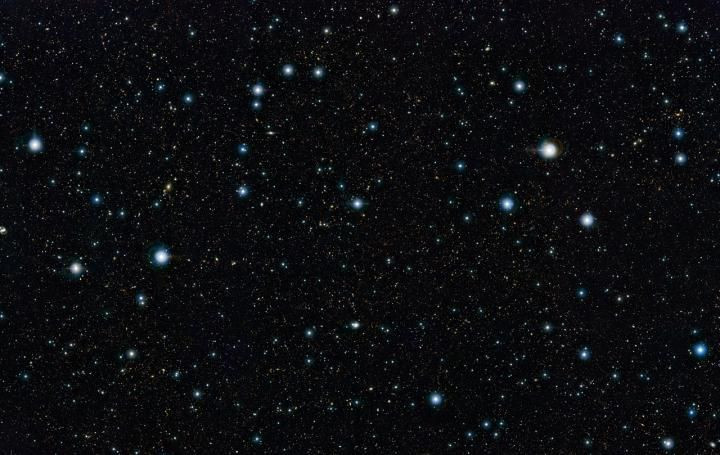4000 Early Universe Galaxies Discovered, Marked On Largest 3D Map

13.8 billion years ago, the universe started as nothing but a tiny pinprick. It came to be after the events of the big bang and has been growing ever since, hosting scores of galaxies, stars, cosmological mysteries, and our tiny little world.
It can be really difficult to comprehend the size of the cosmos, but a group of astrophysicists managed to produce one of the largest 3D maps showing a still very young universe and the early galaxies resting within it.
Depending on the distance between a distant galaxy and Earth, light can take millions or even billions of years to reach us. This means the objects we are seeing right now are actually what or how they appeared several billion years ago.
With this idea, David Sobral of Lancaster University, U.K., and his colleagues used the Subaru telescope in Hawaii and the Isaac Newton telescope in the Canary Islands to look back in time between 11 and 13 billion years ago. This was just a few billion years after the birth of the universe, or 7-20% of its current age, and allowed the group to see nearly 4000 galaxies as they appeared during their infancy.

In order to determine how far a galaxy is or how far back one is looking in time, astronomers measure redshift or the increase in the wavelength of light coming from distant stars. But, in this space case, they used 16 special filters to look for particular radiation. This helped them pick a specific period in the history of the universe.
"These early galaxies seem to have gone through many more 'bursts' when they formed stars, instead of forming them at a relatively steady rate like our own galaxy,” Sobral said in a statement. “Additionally, they seem to have a population of young stars that is hotter, bluer and more metal-poor than those we see today."
According to the team, the observation not only gives them a close look at the early stages of distant galaxies, but could also help them understand what our Milky Way was like after formation and how it evolved into what it is.
"The bulk of the distant galaxies we found are only about 3 thousand light-years across in size, while our Milky Way is about 30 times larger (100,000 light years across). Their compactness likely explains many of their exciting physical properties that were common in the early Universe," Ana Paulino-Afonso, a Ph.D. student in Lancaster and Lisbon, Italy, said in the statement. "Some of these galaxies should have evolved to become like our own and thus we are seeing what our galaxy may have looked like 11 to 13 billion years ago."
The research team now plans to delve more into these distant galaxies and see how different types of stars and celestial bodies are formed within them. This, they believe, could be used by other astronomers to better understand the birth and evolution of our universe. A few weeks back, John Boswell, shared a YouTube video showcasing the entire life of the universe on a 10-minute scale. The clip included everything, from the birth of first stars and galaxies to the formation our Earth and its moon.
The team announced the 3D map at the European Week of Astronomy and Space Science in Liverpool, U.K., and published their findings in the journal Monthly Notices of the Royal Astronomical Society.
© Copyright IBTimes 2024. All rights reserved.





















